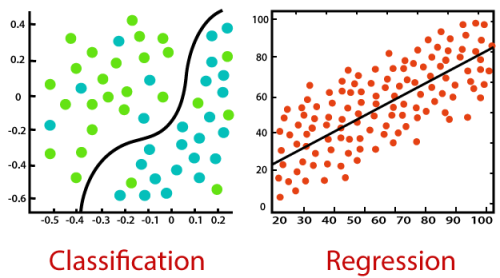Hey there, curious minds! 🧠👋 Have you ever wondered how machines learn to predict future events or classify objects with such precision? Welcome to the world of Supervised Learning, a key player in the realm of Artificial Intelligence (AI) and Machine Learning (ML). If you found our previous article on “Deep Learning vs. Traditional Machine Learning” fascinating, you’re going to love this deep dive into Supervised Learning!
Understanding Supervised Learning: The Basics 📘
In essence, Supervised Learning is a type of ML where a model learns from labeled data. Think of it as a student learning under the guidance of a teacher. The ‘teacher’ (algorithm) uses known examples (labeled data) to train the ‘student’ (model). This training enables the model to make predictions or decisions when given new, unseen data.
Key Concepts:
Labeled Data: Data that is tagged with the correct answer or outcome.
Training: The process where the model learns by fitting the algorithm to the labeled data.
Prediction: The model’s ability to make decisions or forecasts on new data based on its training.
Real-World Examples
1: Email Spam Filtering
Imagine your email inbox. How does it know which emails are spam? Supervised Learning algorithms are trained with thousands of labeled emails (spam and not spam). They learn to distinguish and filter future emails accurately.
2: Credit Scoring
Banks use Supervised Learning to decide whether to approve a credit application. They train models with historical customer data (like income, spending habits) labeled as ‘good credit’ or ‘bad credit.’ The model then predicts creditworthiness for new applications.
Why is Supervised Learning Important? 🤔
Accuracy: Provides precise predictions after adequate training.
Ease of Understanding: Easier to interpret compared to unsupervised learning.
Wide Range of Applications: From healthcare diagnostics to financial forecasting.
Challenges in Supervised Learning:
Quality of Data: The model’s accuracy heavily relies on the quality and quantity of labeled data.
Overfitting: When a model is too closely fitted to the training data, it may not perform well on new data.
Conclusion:
Supervised Learning is like the guiding star in the ML universe, offering a clear path from data to decision-making. Its applicability across industries makes it an exciting and essential area of study.








